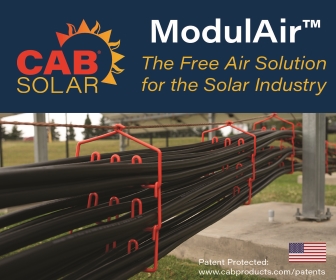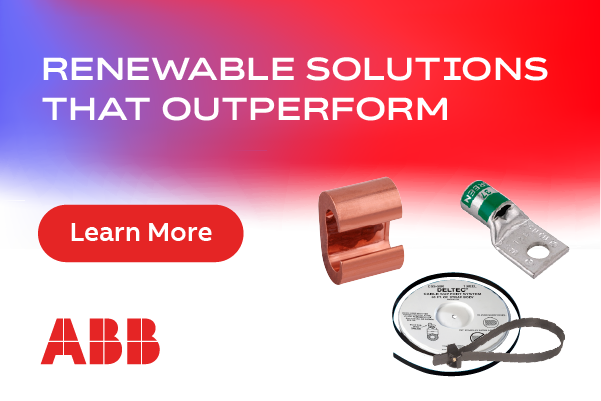The Right Plant in the Right Place
Capturing the energy of sun and wind to produce clean electricity is part of the dramatic change in power generation that sustains our human economy while limiting impacts to our fragile environment. Yet how often do we consider that we need the same environment and natural resources to protect our renewable energy infrastructure?
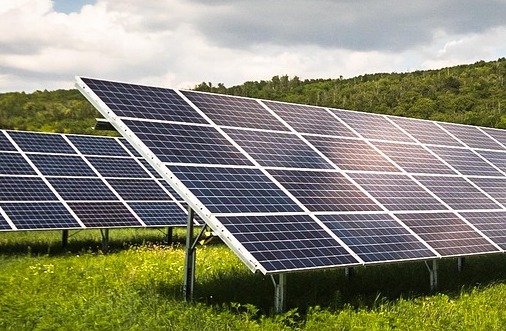 The establishment of healthy vegetation around and within the footprint of wind farms and solar arrays is essential for site stability and the long-term viability of these facilities. In addition, beneficial vegetation helps renewable energy installations achieve regulatory compliance and perhaps a greater degree of public acceptance. For these reasons, a well-developed, site-specific vegetation management plan provides valuable guidance to enhance the environment and support the project investment.
The establishment of healthy vegetation around and within the footprint of wind farms and solar arrays is essential for site stability and the long-term viability of these facilities. In addition, beneficial vegetation helps renewable energy installations achieve regulatory compliance and perhaps a greater degree of public acceptance. For these reasons, a well-developed, site-specific vegetation management plan provides valuable guidance to enhance the environment and support the project investment.
A sound vegetation management plan does more than instruct renewable infrastructure owners on how to grow plants at their facilities. It also provides a roadmap for establishing the ideal vegetation at each facility, managing soil to maximize plant growth, and understanding different planting zones to achieve various goals of the facility, such as visual screens, buffer areas, essential wildlife habitat, and stormwater management. A complete vegetation management plan must include other components, discussed in more detail below.
Research the Soil
Understanding the base foundation of the renewable energy facility will be key to understanding what type of plants will grow where. There’s an adage in vegetation restoration: “Put the right plant in the right place.” Knowing soil conditions requires knowing how they will absorb and hold water and nutrients. Past soil use can also provide information about a soil’s limitations, or it could help identify the great qualities a soil may have for sustaining plants. For a recent project at a solar facility, our team determined that past farming practices could limit early plant establishment and thus require additional management steps to be successful.
Restore and Stabilize
Site restoration and stabilization are key to maintaining the operational success of renewable energy facilities. Construction of the facility often alters the natural conditions of the environment that must be restored in a balanced manner and then maintained to prevent short- and long-term damage to the property. Soil erosion, subsidence, or even encroachment by invasive plant species can create expensive regulatory and operational problems as well as violate lease requirements for the site. Site restoration and stabilization is achieved through the successful establishment of desired vegetation.
Choose Plants Carefully
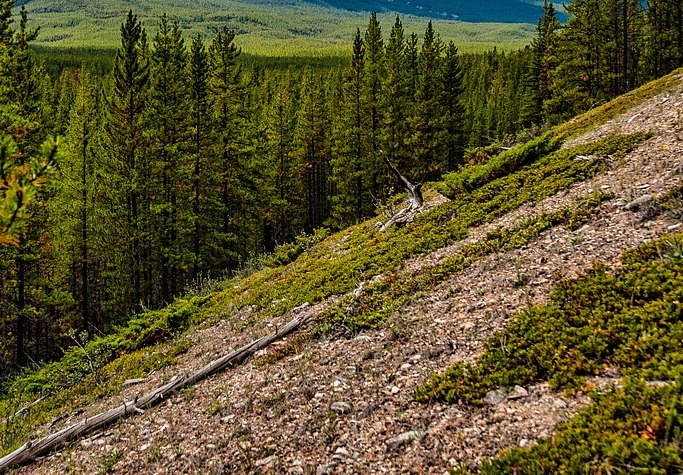 Selection of the right vegetation is essential for myriad reasons. The correct plants can protect site structures and reduce maintenance requirements such as mowing, irrigation, or weed management.
Selection of the right vegetation is essential for myriad reasons. The correct plants can protect site structures and reduce maintenance requirements such as mowing, irrigation, or weed management.
Native plants are often the most appropriate for renewable energy facilities and knowing what native plants will work best will result in great benefits. For example, low-growing plants are ideal for solar facilities. Certain combinations of plants provide full ground cover, and some species of trees will grow best for visual screening.
Wildlife habitat is also an important factor to consider. Plant selection can help maintain an environment in which balanced animal populations can benefit your facility by keeping non-desirable animals from dominating the area. The right vegetation can also attract beneficial species, such as pollinators, that enhance the environmental value of the renewable energy facility.
Plants for Better Maintenance
A well-prepared vegetation management plan includes details of vegetation establishment and long-term maintenance, including irrigation and water needs, mowing (if necessary), fertilization (minimal if possible) and chemical (herbicide) applications for weed control as needed. It’s important to know the appropriate herbicides to use, not only for weed control, but also to avoid damage to the facility structures as the chemicals can be corrosive.
The plan should also include a schedule of vegetation maintenance needs and probable costs that allows the project owner to plan for their operation. Creating a water budget is essential in drier environments to help in planning irrigation needs, purchasing water, and optimizing its use. Maintenance schedules include not only plan management such as mowing, but also when to mow and when to monitor for and control weed species.
Compliance with lease agreements and regulatory requirements that require site stabilization to control erosion, vegetative coverage, and weed control is essential to prevent notices of violation or citations. It also can avoid possible agency actions that would be costly to the renewable energy facility owner. The vegetation management plan serves as the guidebook to compliance.
Restoring the Environment
Clean energy production benefits our environment by reducing emissions of carbon dioxide and other pollutants to the atmosphere, but we can also restore lands where we build and operate renewable energy facilities.
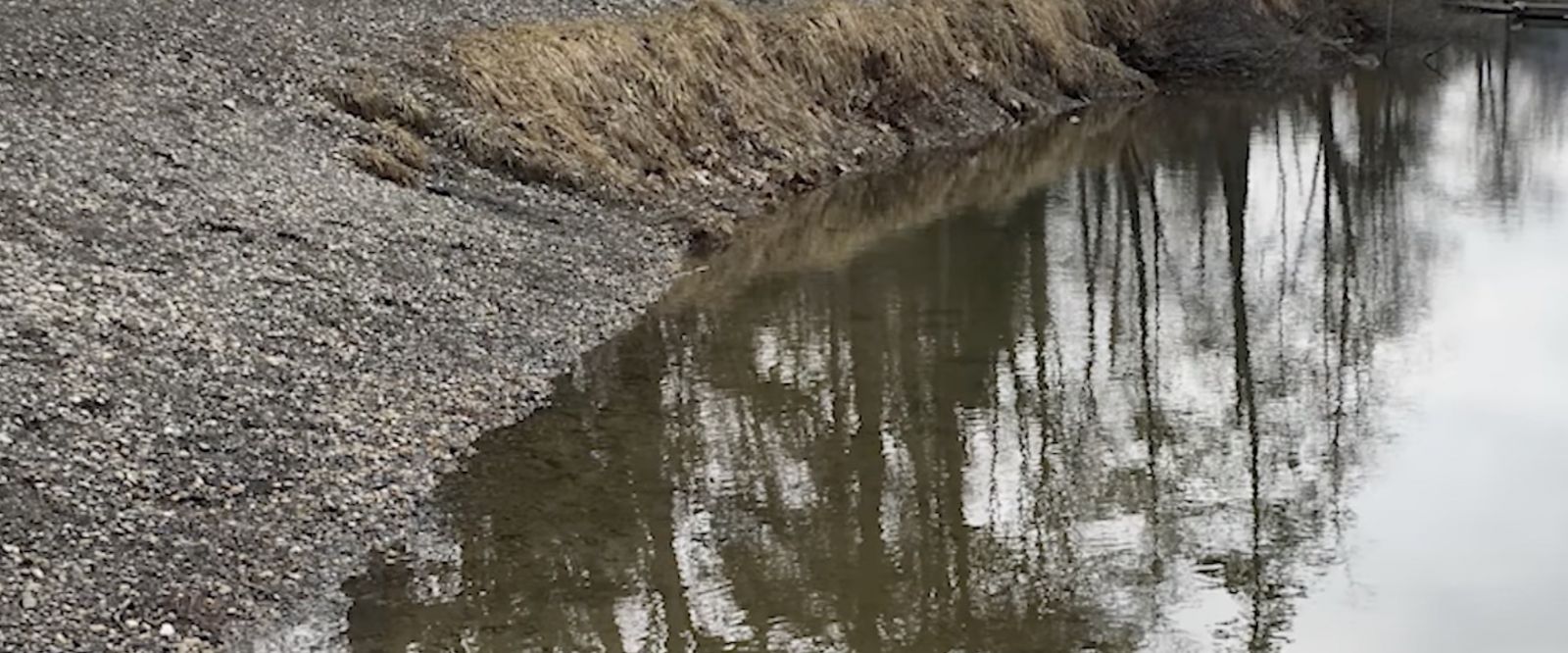
By planning and planting the right vegetation at our facilities, we can improve soil conditions that serve important environmental functions. These include filtering stormwater runoff, increasing infiltration of rainwater, carbon removal and sequestration through plant growth, and restoring the critical balance of the soil’s physical, chemical, and biological conditions essential for environmental health.
These environmental functions are important not only during the life of the renewable facility, but they leave the land better for site closure at the end of operations. The land can be returned to agricultural use, greenspace development, or left for a better, more balanced natural environment for all to enjoy.
Ultimately, a vegetation management plan is essential for the maintenance and operations of renewable energy facilities. Obtaining a well-prepared plan will help minimize costs, headaches, and violations while maximizing neighborly relations, regulatory compliance, and facility productivity.
Ted Hartsig, CPSS, is a senior soil scientist with Olsson with nearly four decades of experience in soil design and restoration for parks, stormwater management, and renewable energy development throughout the United States. Reach Ted at 913.908.5159 or [email protected].
Olsson | www.olsson.com
Author: Ted Hartsig








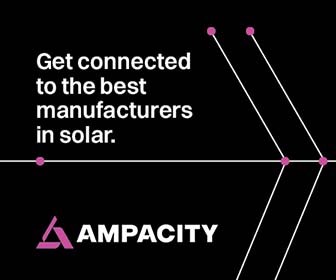
.png?r=3742)

